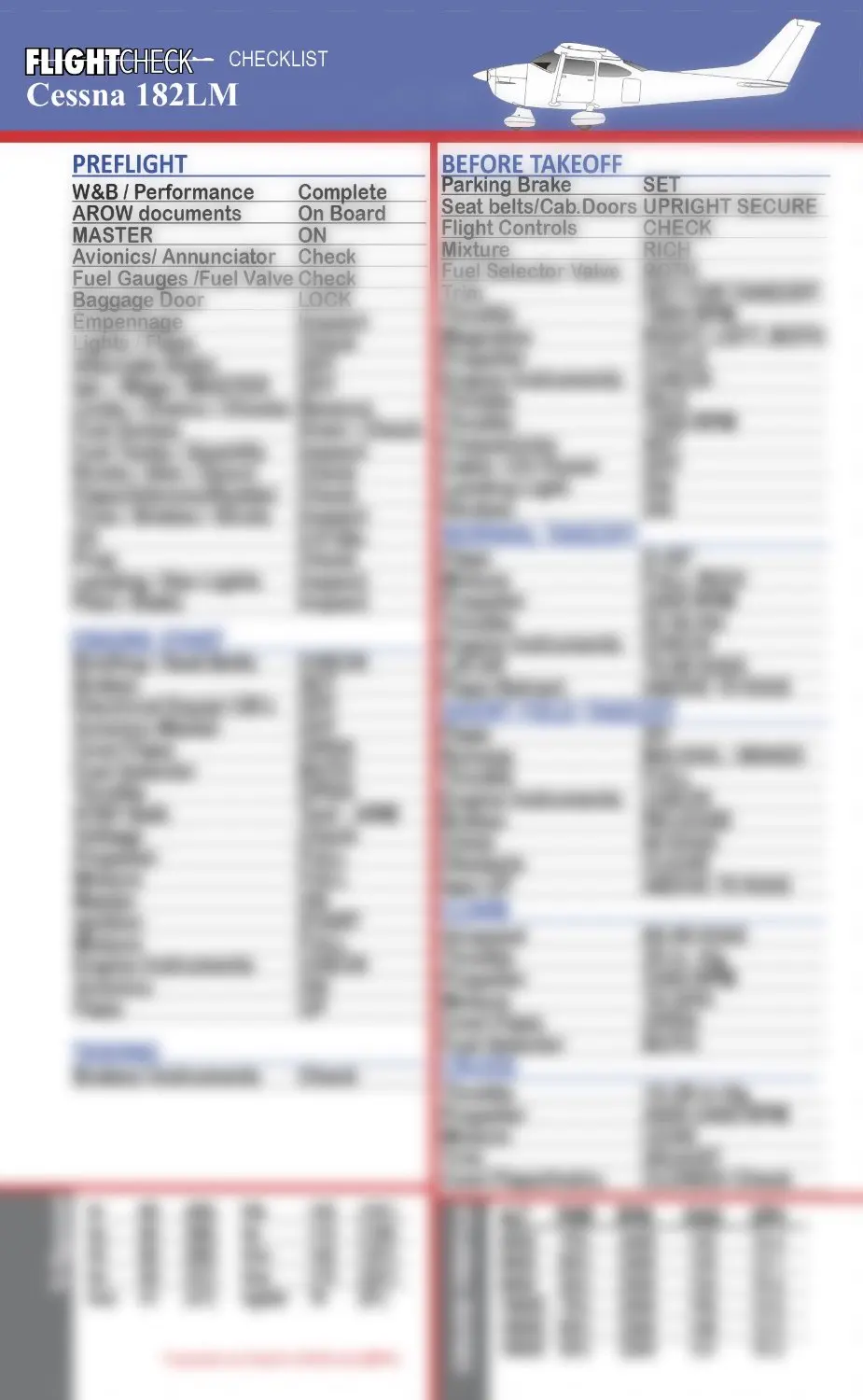

You can create your own rules, although I haven't found any means of identifying mis-matched color profiles as yet. However, it's certainly better than nothing. Obviously all the fonts need to be present and correct as well.Īdobe InDesign has a live Preflight panel which seems to be somewhat limited, and it slows down the workflow. This means that you need to make sure all the images have the same color profile assigned, there are no rogue spot colors in the document, no RGB images mixed in with CMYK, no low resolution images (300DPI for raster images, 1200DPI for Photoshop Bitmap line art) and so on. If you check your documents thoroughly before sending them to press, there should be no problems with the output. Preflight / Flightcheck your Documents to Ensure Consistency Secondly, check and double check your layout and image documents before sending them to press. Although there will always be an element of risk when you try different things, as long as your color settings are consistent, you are reducing the margin for error. I could write an explanation of what all the color management jargon means, and suggest exactly what settings would be best for you to use, but luckily for me, it's already been done by Ian Lyons of ( click here for a comprehensive color management article) Ian has been writing about color management in Photoshop since 1998, and his latest article covers CS4.įor my own part, all I can suggest is that you should BE CONSISTENT. This has resolved the problem and color is now consistent throughout all published titles.
FLIGHTCHECK PDF ISO
To combat this problem, rigid color management policies were introduced, and every image and document now has the color setting Europe ISO Coated FOGRA27 applied, and all Grayscale images have Gamma 2.2 applied. The results were often horrific - the images varied from too dark to too light to strangely hued, all in the same book.

Because they used to out-source the design work to numerous designers and had no rigid color management policy, the thousands of photos and illustrations which appeared in their books had goodness knows how many different color profiles assigned to them.
FLIGHTCHECK PDF FULL
What profile should be used? What are ICC profiles? How can color consistency be achieved in print?Ī real-world example of the need for color consistency was demonstrated by of our larger publishing clients for whom we produce full color English Language Teaching books for the Latin American market.
FLIGHTCHECK PDF PDF
Other preflighting tools have subsequently been introduced, mainly focusing on PDF preflighting.Color Management in Adobe CS4 and Preflighting InDesign and QuarkĬolor management has always been a bit of a mystery for many designers. Patent, number 5,963,641 was subsequently granted - ‘Device and method for examining, verifying, correcting and approving electronic documents prior to printing, transmission or recording.’ The first commercial preflight application, called "FlightCheck," was introduced to the public by Markzware and appeared at the Seybold Seminars Conference at San Francisco in the Fall of 1995. There were some early postscript RIPs that interpreted data and provided a preflight report of sorts. The term preflight was first used during a presentation in 1990 by Chuck Weger, a well-known industry consultant.
FLIGHTCHECK PDF PORTABLE
Preflight may be done on the source desktop publishing document, or before creating a Portable Document Format (PDF) file.

It is a way to check the quality before printing, digitally or otherwise, but it can also be used to check any common artwork file.

Preflight in the graphic arts industry is the process of checking a digital document before it goes to the plate, print, or otherwise output (exported - such as to PDF). December 2022 6 months ago ( 2022-12)įlightCheck is a stand-alone application that performs preflight quality control inspection on many common file types such as Adobe InDesign, Adobe Photoshop, Adobe Illustrator, QuarkXPress, and PDF.


 0 kommentar(er)
0 kommentar(er)
